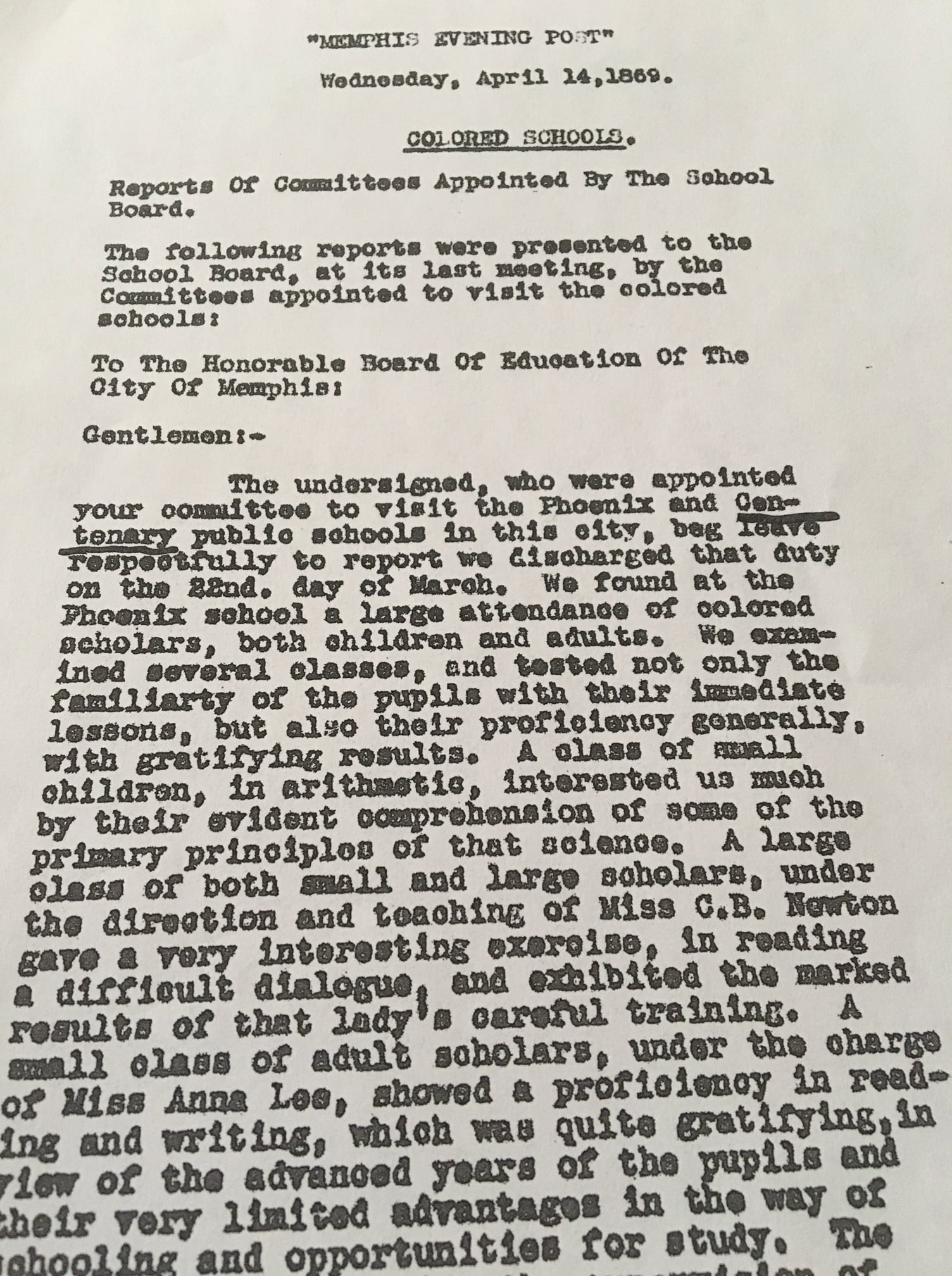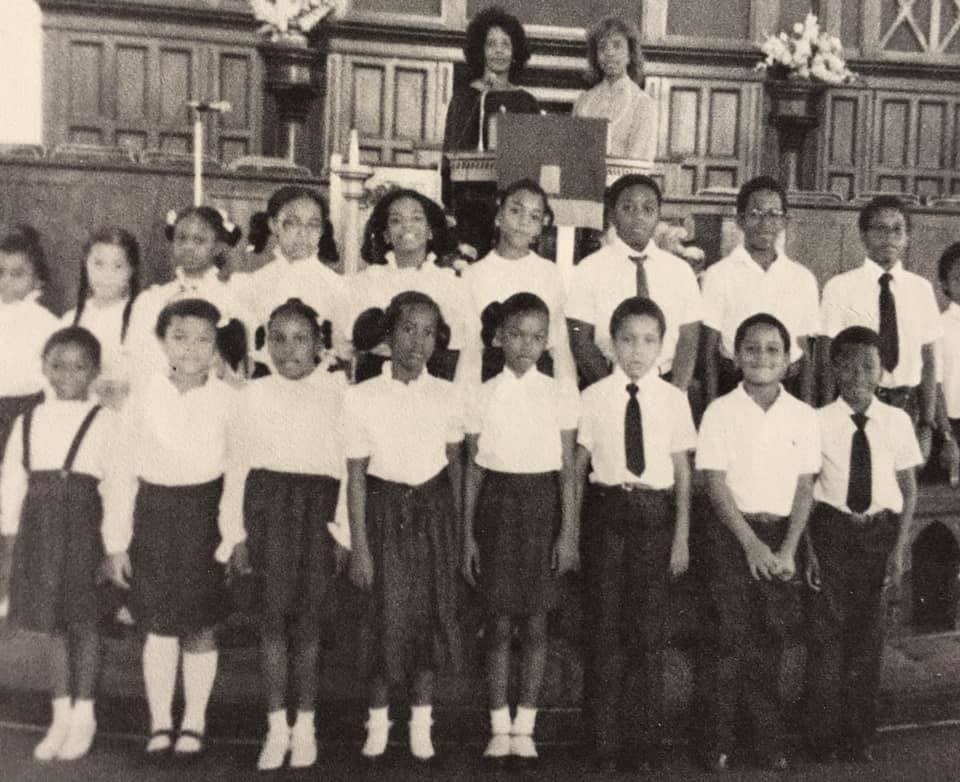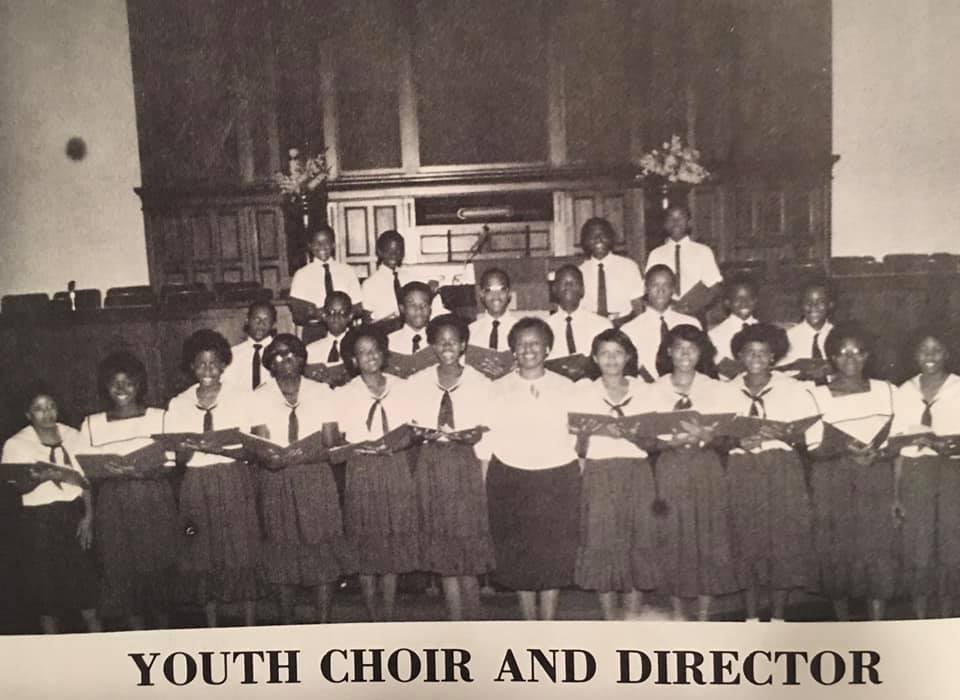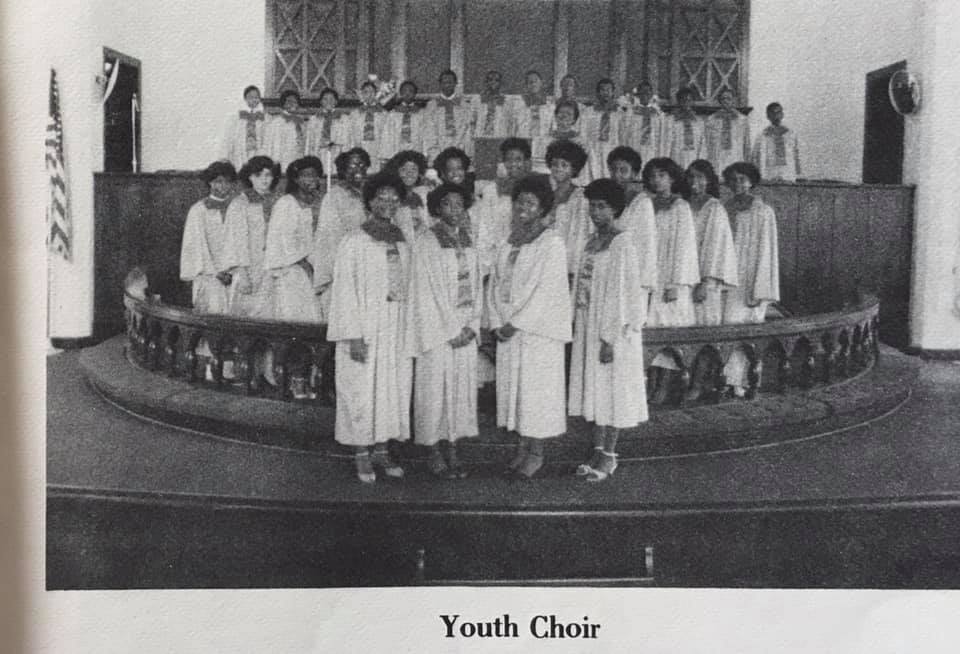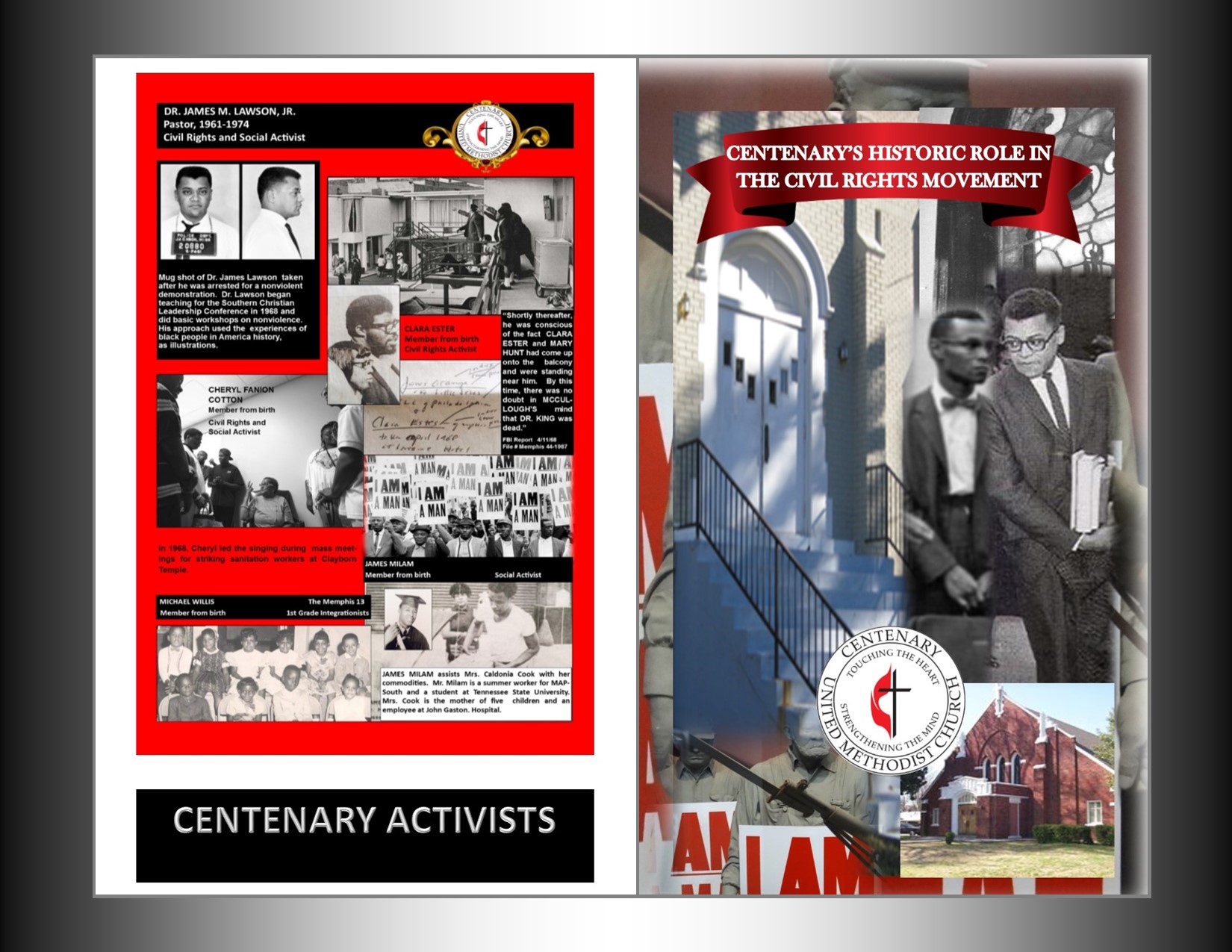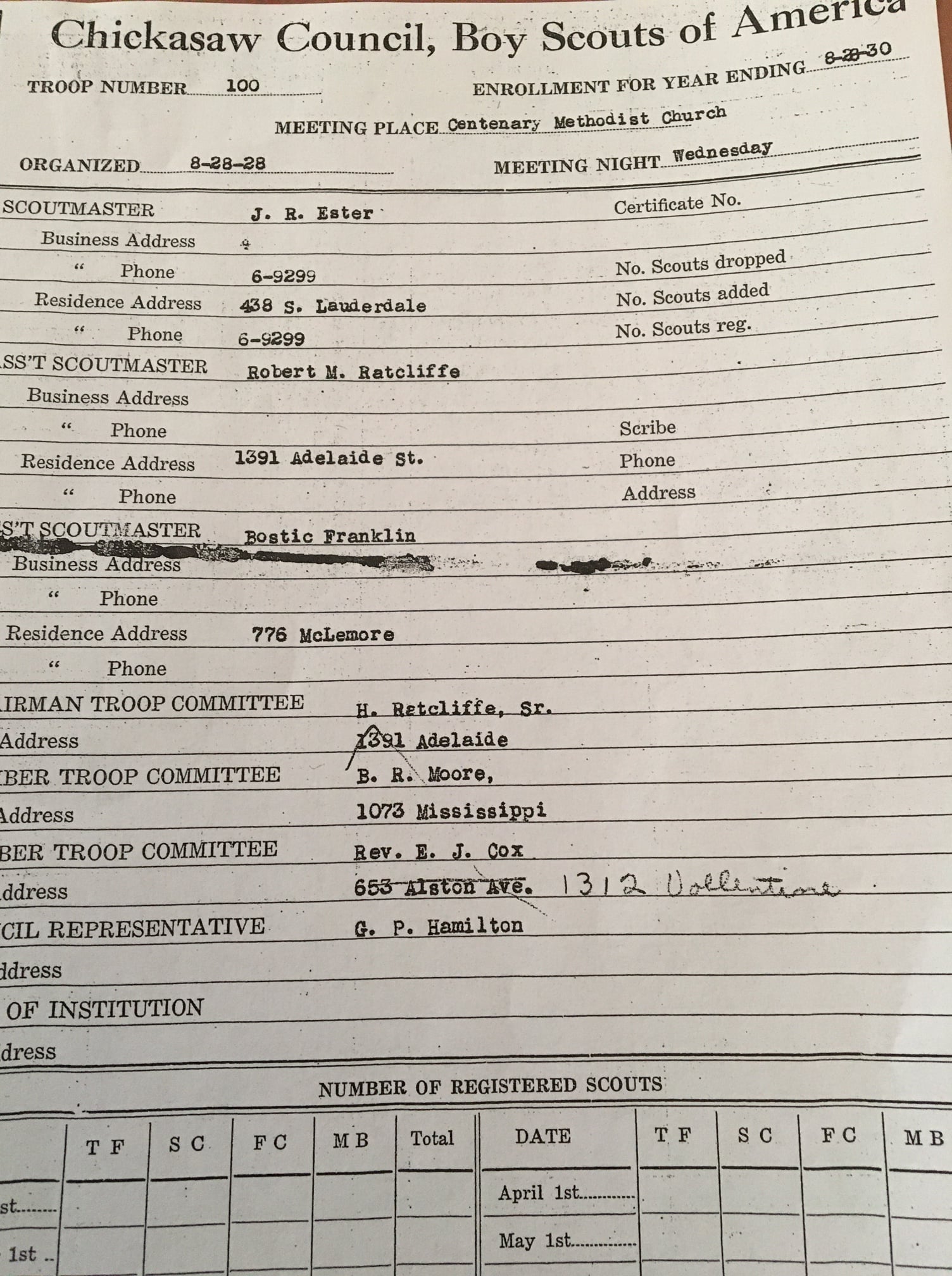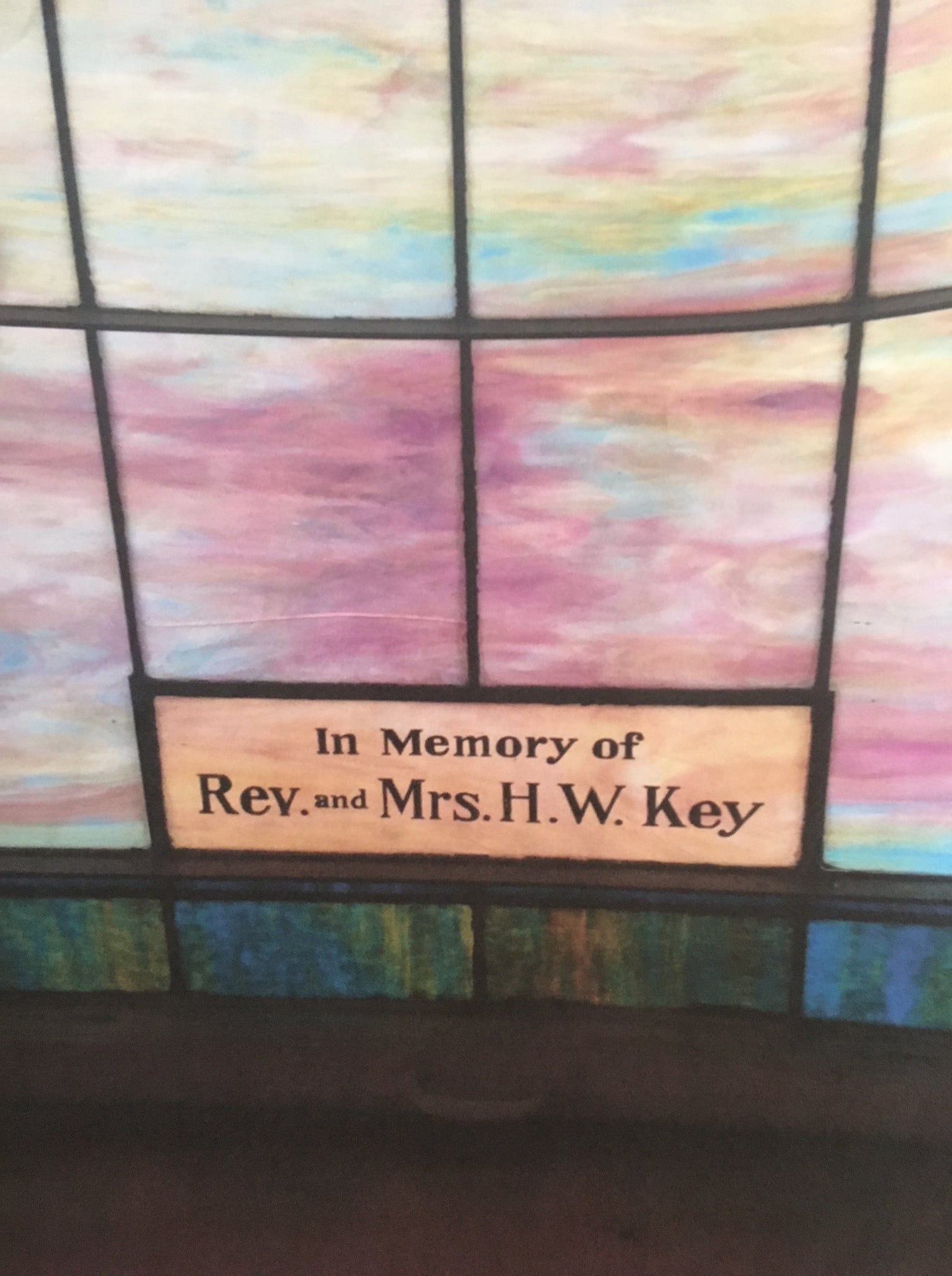History
CENTENARY: A CHURCH WITH A HISTORY
(A Systematic Narrative of Past Events)
The history of Centenary Memphis is replete with many opportunities for growth, professional accountability and new perspectives for nurturing and support.
Methodism was established in America in 1764 with the arrival of several migrating Methodist ministers. Phillip Embury was one of them and he established the first Methodist Meeting House which is now the Johns Street United Methodist Church in New York City. When John Wesley, founder of Methodism, became cognizant that the movement was in progress in the colonies, he sent ministers from England to assist the American clergymen. The denomination spread as America grew, and in 1826 the First Methodist Church was established in Memphis.
When the Civil War ended, many Blacks were left homeless by the holocaust. They literally “poured” into Memphis seeking a better life for themselves. The Freedman’s Bureau sent a Rev. Hawkins and other Caucasian teachers to open a school; thus, the school and the church began simultaneously in 1865 on Raburn Avenue, now Third Street. Since Methodism in American was one hundred years old at the time, we became a part of the Centenarian movement in Methodism. To celebrate the fact, we were christened ‘Centenary”, like all Methodist churches founded that year.
Just after Centenary’s organization, some communicants influenced by the perceptive ideas of Richard Allen, felt they did not want to remain in a body under the supervision of Caucasians. At this time, it was agreed that those who wished to remain Centenarians would move. Our next edifice was on South Street, which is now Calhoun. Rev. Hawkins continued as Centenary’s minister and the Methodists who remained at the Raburn property formed what is now St. Andrews A.M.E. Church.
We recall the names of a few of those few Centenarians:
The Phiphers, the Jim Lewis’, the Oglesbys, Mrs. Alice Kirk, the B. R. Moores, Mrs. Pearl Raynor, Madame Young, Madame Burchett, the Loves, the Borders, the Leveretts, Palmer Wiley, Mrs. Sarah Cox, Mrs. Memory Bishop, the Bratchers, the Ratcliffes, the Leonards, the Childs, Mr. Ivory and son, the Haileys, Mrs. Pettibone, J.A.Q. Williams and others.
Since its inception, Centenary has occupied the following sites:
1865 – Established under Rev. Hawkins at Rayburn Street, now Third Avenue.
1866 – Under Rev. Hawkins’ leadership, moved to South Avenue, which is now Calhoun Street. First frame building here. Rev. Hawkins established the first school for Blacks at Centenary. Children attended day classes, and the adults attended night classes.
1888 -Second frame building on Calhoun Street during the pastorate of Rev. Charles Sewell.
1887 – Brick structure on Calhoun property, Rev. H. W. Keys, Minister.
1913 – Purchase of Mississippi Street property, Rev. Chavis Minister.
1921 – Basement church at the Mississippi site completed under Dr. E. J. Cox at a cost of $22,488.88.
1937 – Sanctuary completed at the Mississippi property, Rev. H. B. Gibson, Minister.
1967 – Moved to present McLemore Avenue property, Rev. James M. Lawson, Minister.
1984 – Mortgage cleared on the McLemore property and Mississippi property settled, Rev. Dogan Williams, Minister.
1989 – First Bus Fund started with an endowment left by Mrs. Mamie Phamphlet and purchased under the pastorate of Rev. Gary J. Wilson.
From the beginning, the old Centenary Chapel, as it was first known, made a definite impact on the Community. Students of the school became some of Memphis’ first Black teachers and many entered other noteworthy fields of endeavor. History tells us that many of the early members were former slaves who had belonged to members of First Methodist Church and other congregations of the Methodist Episcopal Church, South. These people felt very strongly that membership at Centenary was more advantageous than the Colored Methodist Episcopal (Christian Methodist Episcopal now) body that was established for Blacks after Emancipation by the Methodist Episcopal Church, South. It is definitely true that Centenary has always advanced the theory that education of its membership is important. With the early stages of development of the public schools for Black students in Memphis, church sites such as Centenary’s were no longer necessary. Colleges, under the aegis of the Methodist Conferences, had been established and thus an avenue for higher education was also available.
Complete historical records of the Centenary congregation are not available to the writers at this time. We believe, however, that through the efforts of the Methodist Episcopal Church, many of the Black churches were organized between 1858 and 1988.
We are indeed proud to share many “Firsts” that are a part of our great heritage at Centenary:
The oldest Black Boy Scout troop in the city, attended by Black youth. Troop 188 is still operational at the church.
The first Kindergarten for Black children was established the old Centenary parsonage by Mrs. E. J. Cox, wife of a Centenary Minister. Mrs. Cox was a graduate of Morristown College, a Methodist institution.
In 1980, one of Centenary’s past ministers was appointed District Superintendent of the Memphis-Asbury District and served with distinction from 1980 to 1983. Rev. J. K. Shelton has opened the door for other such appointments.
In 1988, the Memphis Conference United Methodist Women elected its first Ethnic president in the person of Mrs. Emma Tom Johnson, who served diligently for four years. She is also a member of the Board of Higher Education and Ministry of the United Methodist Church and assigned to DCRN and the Scholarship Committee.
These positions of leadership at District and Conference levels are most positive and show vision that is fully supported by the true saying, “You never get a second chance to make a first impression”.
We experienced a great deal of pride in listing the very able ministers who have graced our pulpit. They made significant contributions to the church and their influence in the community has been significant. Especially noteworthy is Rev. H. B. Gibson. When racial tensions surfaced in Memphis in the thirties and irate whites threatened to “blow-up” the church, it was Rev. Gibson who took a personal stand with men of the congregation and guarded the church to avert trouble.
It is important that we emphasize “The Golden Hour”, a program held at Centenary in which all citizens of Memphis were invited. This program began September 19, 1939, and continued each Sunday for twelve weeks. Outstanding participants were the minister of Centenary, Rev. H. B. Gibson, Atty. A. A. Latting, Lt. George W. Lee, Dr. J. E. Walker, Mr. M. L. Harris, Mr. J. A. Beauchamp, Mr. M. S. Stuart, Rev. J. A. Grant, Mrs. Hasolee Greene, Prof. A. Love, and President Frank Sweeny of LeMoyne College. These participants spoke on a variety of important subjects and gave those in attendance “something to think about”. Some topic discussed in detail were:
“The Negro Lawyer in the Southern Court”
“The Pressure Group – A New Weapon in Democratic Government
“The Economic Conditions of our People”
“The Neglected Phase of Negro History”
“Does Religion Pay”
“The Spiritual Value of the Ballot”
“Self-Improvement”
“Yesterday, Today, and Tomorrow”
All of the topics discussed during the Golden Hour were thought-provoking and educational for the audience.
The Golden Hour at Centenary was an hour set apart in the life of the church to present educational programs that were outstanding in character and inspirational in value. All programs were varied in character and devoted to culture and the finer things of life. The best possible speakers and talent designed to raise the level of cultural experiences of the community and for the cultivation of inter-racial good will among alI persons.
The theme of the Golden Hour was W C K Q – WE CAN’T KEEP QUIET! Members of the Planning Committee were: A. Love, A. Horton, W. A. Miller, Ms. Charlyse Heard, J. A. Beauchamp, Mrs. Lucille Williams, Mrs. J. A. Beauchamp, Mrs. E. 0. Rodgers,
Mrs. H. Burchett, Mrs. B. Lewis.
Members of the Pastor’s Cabinet were also deeply involved in the planning and execution of the Golden Hour. They were: A. Love, W. A. Miller, Ms. Charlsye Heard, Mrs. J. A. Beauchamp, M. & Mrs. Dan Fields, Mrs. E. 0. Rodgers, Mrs. M. B. Ratcliffe,
Mrs. M. Horton, Mrs. D. Steele, Mrs. H. Johnson, G. C. Burson, J. B. Toney, Ms. E. K. Murdock, Mrs. P. Raynor, Mrs. G. S. M. Young, Ms.. Helen Heard, Claude Bell, Mrs. M. Hurdle, Mrs. Bettie Collins, and Mrs. L. McGowan.
It is significant to mention also that during the turbulence of the sixties, we were most fortunate to have the expert guidance of Rev. James M. Lawson. Known throughout America and in other countries for his knowledgeable leadership in non-violence, Rev. Lawson was an able aid to Dr. Martin Luther King, Jr. a friend to all who sought to better themselves, an incomparable speaker, counselor and minister.
Above all, he was a true Christian gentleman. Under his leadership, the march through Mississippi originated at the old Mississippi Street site.
On two occasions, services were broadcast on nation-wide hookups. The first was the Sunday immediately following Dr. King’s death; the second, when CBS requested permission from Rev. Lawson to broadcast a service from Centenary, which was considered a leading Black church in the country.
Some of the organizations of the church in the early days of our history are known for having shared happiness, peace, understanding, compassion, forgiveness, acceptance and love in their respective work. These early organizations were excited
about the life of the church and were touched by the center of the Gospel…Love. The early organizations were:
The Foreign Missionary Society
The Women’s Home Missionary Society
The Willing Workers
The Lillies of the Valley
The E. J. Cox Membership Guild
The Ever Ready Club
MINISTERS SERVING CENTENARY – 1865 – Present
Our Ministers have always maintained a relationship with a professional organization which involved membership and participation through seminars, home study, retreats and other pastoral settings that enhanced their work.
Rev. Hawkins 1865
Rev. C. Sewell 1888
Rev. H. W. Keys 1907
Rev. Fields (Dates unknown)
Rev. Thomas (Dates unknown)
Rev. Chavis 1913-1915
Rev. E. J. Cox 1921-1932
Rev. Brown’ 1932-1933
Rev. W. Woolfolk 1933-1935
Rev. H. B. Gibson 1935-1940
Rev. J. F. Shaw 1940-1945
Rev. H. H. Jones 1945-1953
Rev. D. M. Grisham 1953-1961
Rev. J. M. Lawson 1961-1974
Rev. A.W. Martin, Jr., the interim minister while Rev. Lawson was on leave for study. 1970-1971
Rev J. M. Lawson 1974
Rev. E. E. Bufford 1974-1977
Rev. J. K. Shelton 1977-1980
Rev. W. Maurice King 1980-1982
Rev. Dogan Williams 1982-1985
Rev. Gary J. Wilson 1985-1990
Rev. Herbert L. Lester, Jr. 1990 to 2008
Rev. Kenneth Edmondson 2008 to 2011
Rev. Deborah B. Smith 2011 to 2017
Rev. Roger Hopson 2017 to 2022
Rev. Deborah B. Smith 2022 to 2023 (Interim)
Rev. Keith Caldwell 2023 to Present
Centenary is constantly ‘on the move’ and many more innovative programs will be available to all groups as we work together, read, reflect, and pray. The programs of the church are constantly growing and changing. We hope that by reading about the past, each of us will gain new appreciation for the present. It is hoped that each of us will be challenged to make even more significant contributions to the church.
The preparation of these facts about Centenary represents the collective efforts of many members who supplied information to us as well as a lot of encouragement. We express our sincere appreciation to each of you.
Dorothy Tureaud
Emma Tom Johnson


